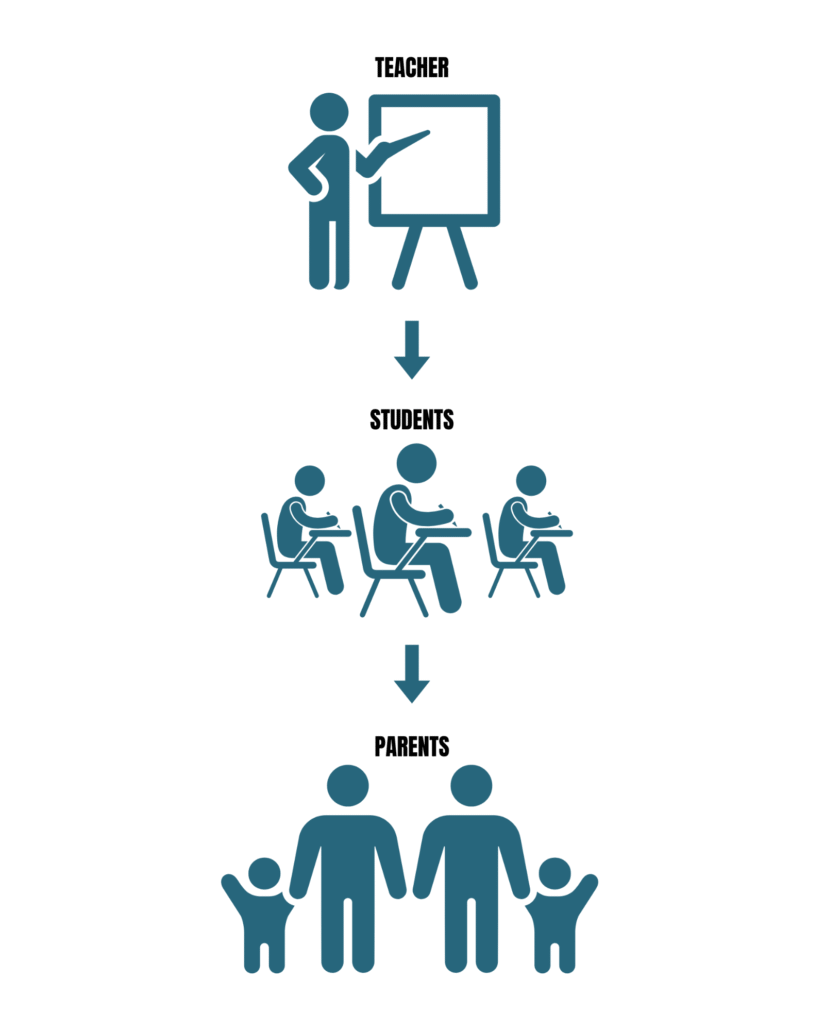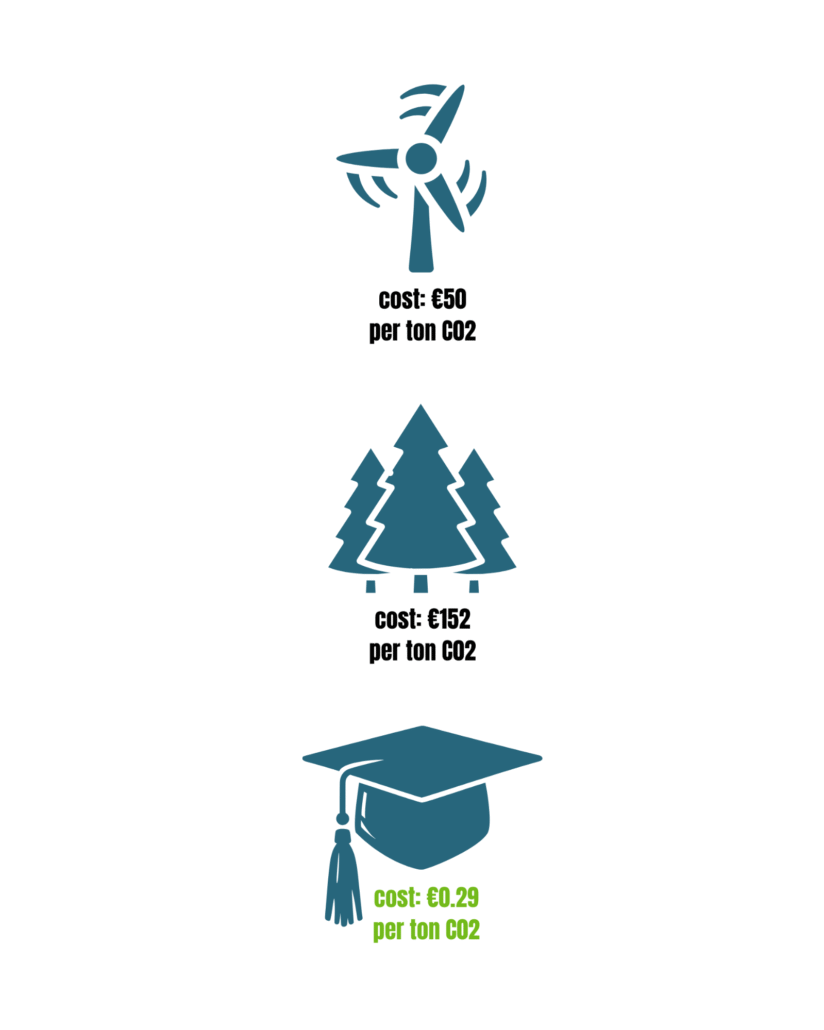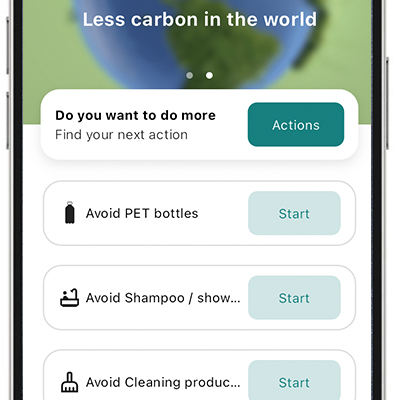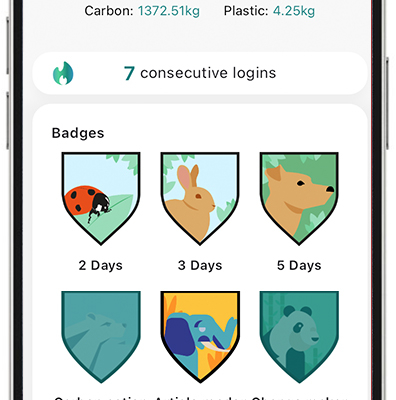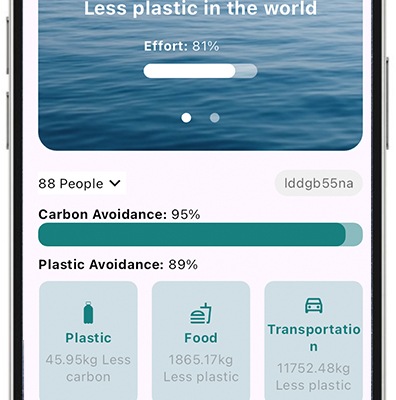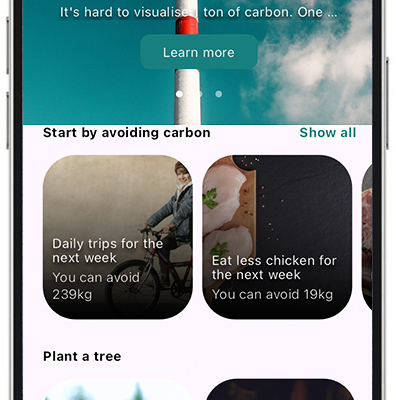The impacts of climate change are accelerating, with rising sea levels, shrinking Arctic ice, and intensifying heat events. Without urgent action, the crisis may be irreversible by 2030. And all of this will be left on the shoulders of the younger generations around the world. We need to provide them the tools to tackle what’s in store, and empower them to take action in their communities and the world.
About Climate Action Project

TAG’s Climate Action Project has united over millions of students and teachers worldwide in a transformative 6-week journey. The demand for sustainable finance expertise is growing, and programs like the Climate Action Project prepare students with essential green skills.
Through collaborative platforms, students have developed innovations like bioplastics, solar-powered lights, and water-driven clocks. Their initiatives have led to tangible impacts: Irish students designed a national recycling logo in partnership with their climate minister; Malawian students planted 60 million trees with presidential support; and students in Portugal created a plastic recycling machine, and American students developed a solar suitcase to charge laptops for free using solar energy. These projects not only drive environmental change but also foster global connections, reducing polarization and inspiring community-wide shifts in mindset.
The impact of climate action education
Climate education delivers multi-faceted benefits and impact. It equips individuals with essential green skills, enhances economic opportunities, and contributes to reducing carbon dioxide emissions—the primary driver of climate change. By fostering awareness and encouraging sustainable behaviors in young people, it empowers learners to take informed actions benefiting both their communities and the planet. A significant majority—80% of parents and 85% of teachers—support including climate education in school curricula, underscoring its importance.
However, teachers often lack sufficient resources to incorporate climate change into their teaching. Providing educators with more support amplifies the impact of climate education, not only within classrooms but across communities. Research indicates that young people can significantly influence their parents’ behaviors and attitudes, leading to meaningful changes within households.
Classroom to Carbon Cuts: The ROI of Climate Education
Taking action for climate automatically leads to financial sustainability: win-win!.
Investing in climate education offers a high return on investment by reducing emissions, promoting economic sustainability, and preparing a workforce equipped with essential green skills. Studies indicate that educational initiatives can reduce CO₂ emissions at a lower cost per ton than many technological solutions. Climate education fosters behaviors—like cycling, adopting plant-based diets, and improving home energy efficiency—that benefit both the environment and personal finances.
Climate education equips students to see future careers for themselves, aligning with the evolving needs of the sustainable finance sector.
There’s a growing demand for professionals skilled in areas like carbon accounting and sustainability reporting, especially in the U.S. and Europe. Skills in carbon accounting, carbon credits, emissions trading, impact assessment, and sustainability reporting are just some examples of the fastest-growing green skills in these regions, the US and the EU, and only 1 in 8 people have the skills relevant to climate change mitigation.
Measuring Impact: The EarthProject App
The EarthProject app, developed by TAG, is a unique tool that quantifies the environmental impact of individual and collective actions. The app translates efforts into measurable outcomes, such as the amount of carbon avoided, reduced, or removed, providing users with tangible feedback on their contributions to combating climate change. Once actions have been taken, the user can see the amount of carbon avoided, reduced, and removed by taking those actions.
The app is used in conjunction with the Climate Action Project, where teachers and students create teams and launch small contests between classrooms. With support from ING, the app can be enhanced to integrate key indicators of climate change costs, grounding financial literacy in real-world environmental impacts. This approach enables students to apply financial skills within a broader sustainability context, fostering informed decision-making for a resilient future.
Resources
Green growth and sustainability, OECD
Returns to investment in education: a further update, Psacharopoulos & Patrinos
Financing climate action: opportunities and challenges for local and regional authorities, EU
I’ve adjusted my lifestyle to reduce my impact on climate change, and I’m saving money as a result, Business Insider
The impact of climate change on education, Worldbank
Climate threat sparks youth action, Financial Times
Climate Solutions Improve Health and Save Money, NRDC
Most Teachers Don’t Teach Climate Change; 4 In 5 Parents Wish They Did, Kamenetz
Children can foster climate change concern among their parents, Lawson
Demand For Green Skills Outpacing What The Workforce Can Deliver—But There’s Hope, Forbes
Global Green Skills Report 2023
Unleashing Sustainable Value in Food and Agriculture, Deloitte
Responding to the Financial Impacts of Climate Change, Whitehouse.gov
The impact of climate change on American household finances, Treasury.gov



